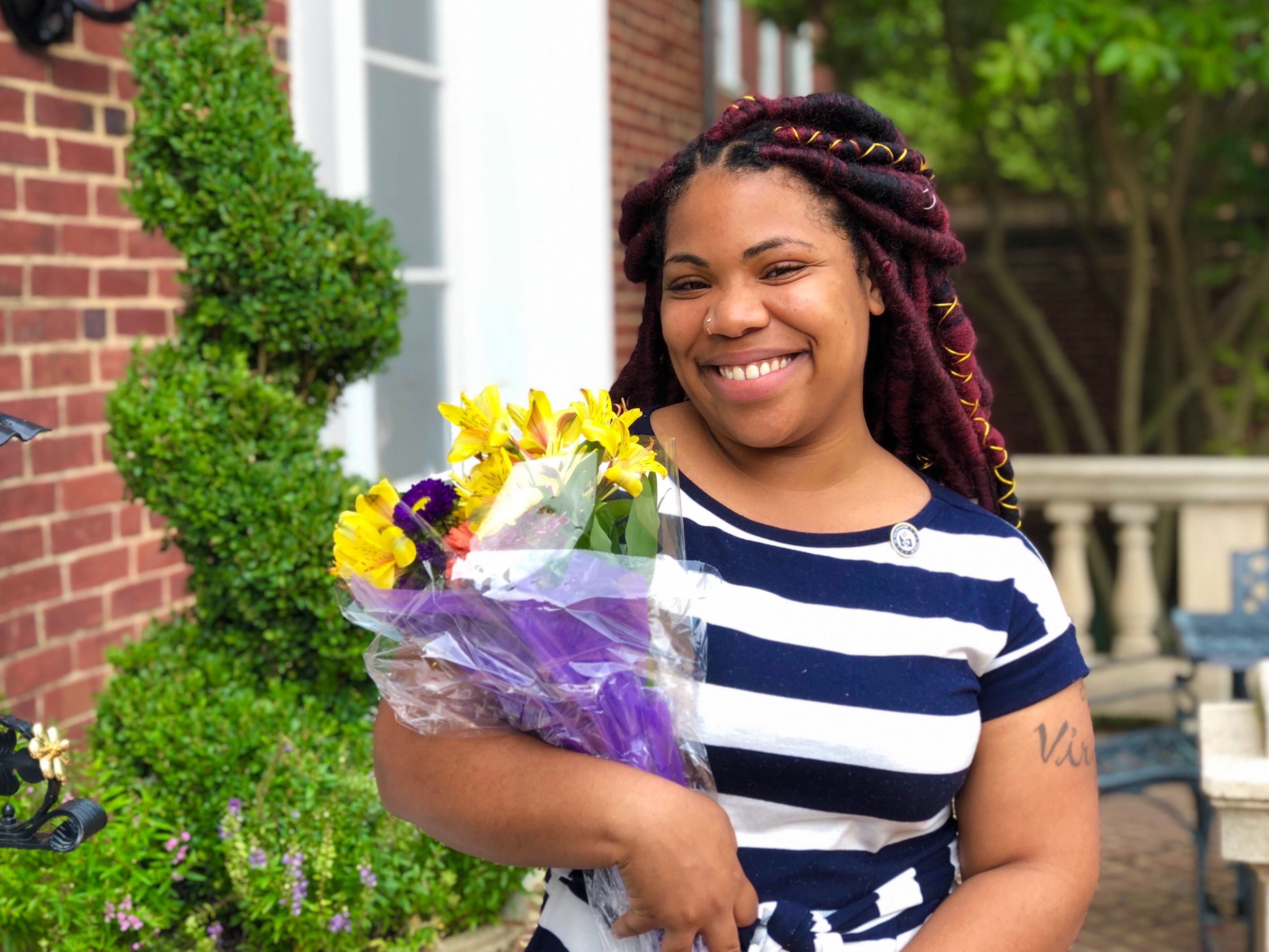As a city-dweller, this D.C. woman did not grow up with a deep connection to the Chesapeake Bay, until a community garden program changed her mind.
Now, she is one of the bay’s fiercest advocates.
Polite applause is usually the norm at conferences, where politicians and federal agency heads are called on to deliver remarks. But after Queen Richardson finished speaking at the Chesapeake Executive Council this week, there was thunderous applause accompanied by shouts of support.
Richardson works with the Alliance for the Chesapeake Bay. She told members of the council, including the governors of Virginia and Maryland, that “a healthy, resilient ecosystem is not just about the pounds of pollution reduced. It’s about connecting youth to their community and natural places, even in the middle of the city, and creating pathways to careers that will last a lifetime.”

Richardson grew up with little connection to environmental causes. She had been to Kingman Island, a local landmark in the Anacostia River; but otherwise, she did not have an affinity for the bay.
Then, as a student at the now-closed Spingarn High School in D.C., she became involved in the community gardens program.
The attraction was simple: “Just getting out and growing and seeing something that I put into the ground flourish and grow. That whole feeling right there, is really rewarding.”
Another benefit, she said, was, “Taking home as much kale and plums as I could!”
Richardson said the fact that many people her own age did not find kale appealing only meant one thing.
“More for me!”
Richardson’s experience in caring for gardens and the food that came from them led to her awareness of how the environment in which she lived was linked to the Chesapeake Bay watershed.
“That was really eye-opening for me and made me really passionate about the work I do now,” she said.
Richardson is an assistant on D.C.’s RiverSmart Homes Program, which encourages property owners in D.C. to landscape in a bay-friendly manner — planting shade trees, rain gardens and using native plants.
Richardson’s enthusiasm and positivity differs from environmentalists who might despair over the issues of climate change and the need to address threats to the environment.
“If we all continue to stay positive and work together, then we can achieve a lot!”








